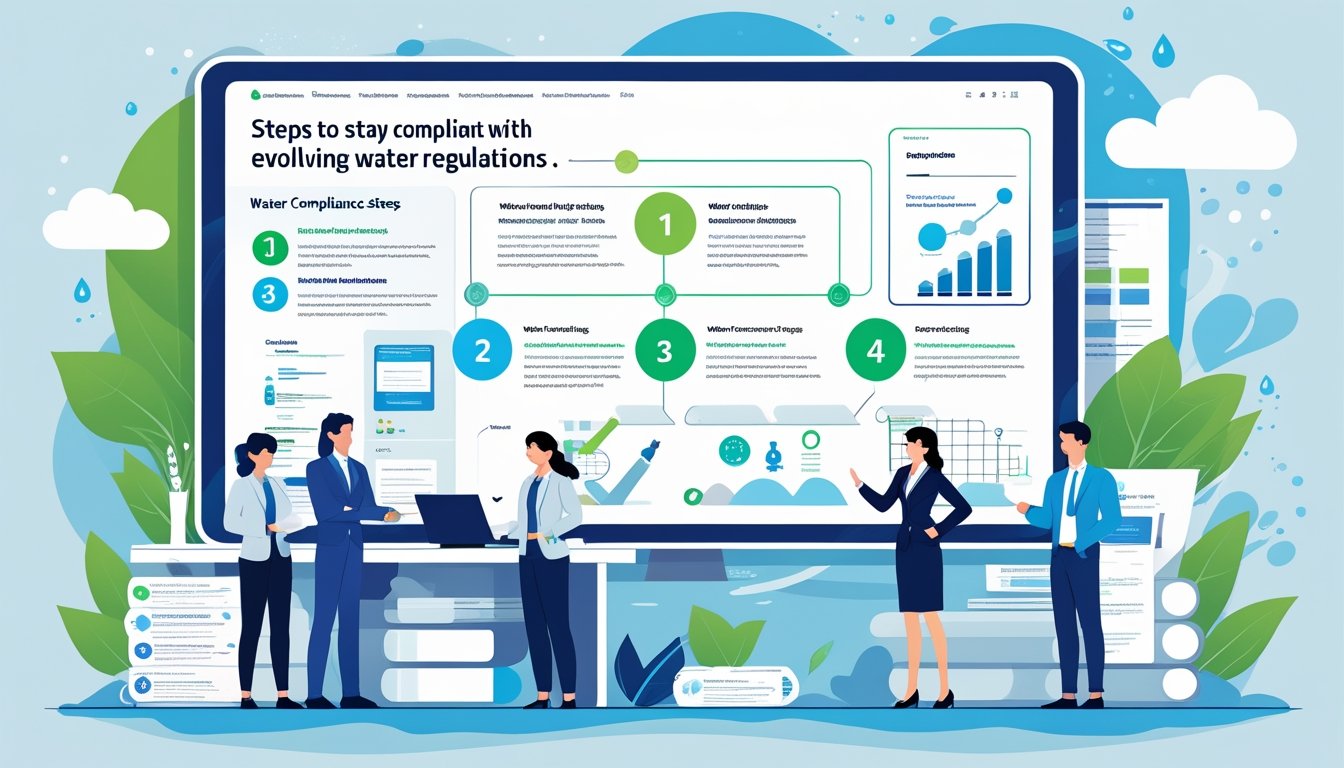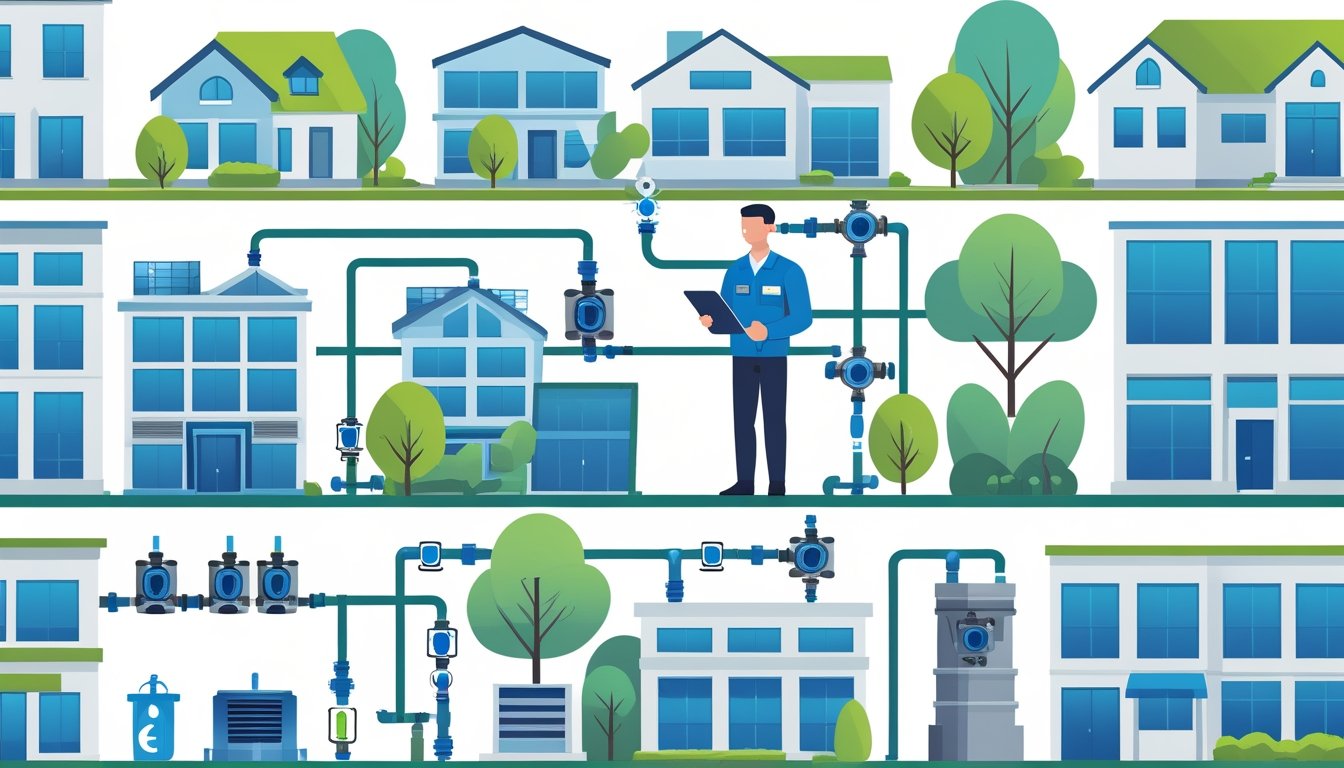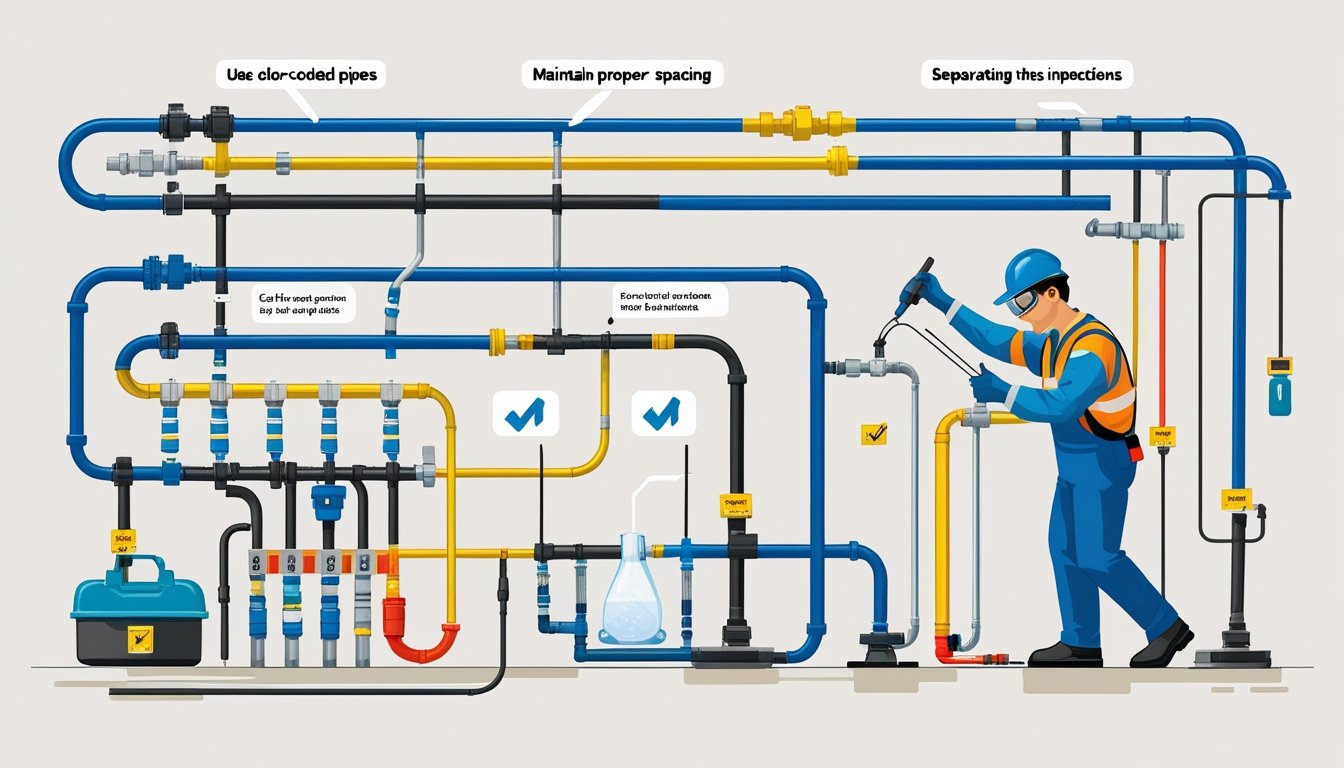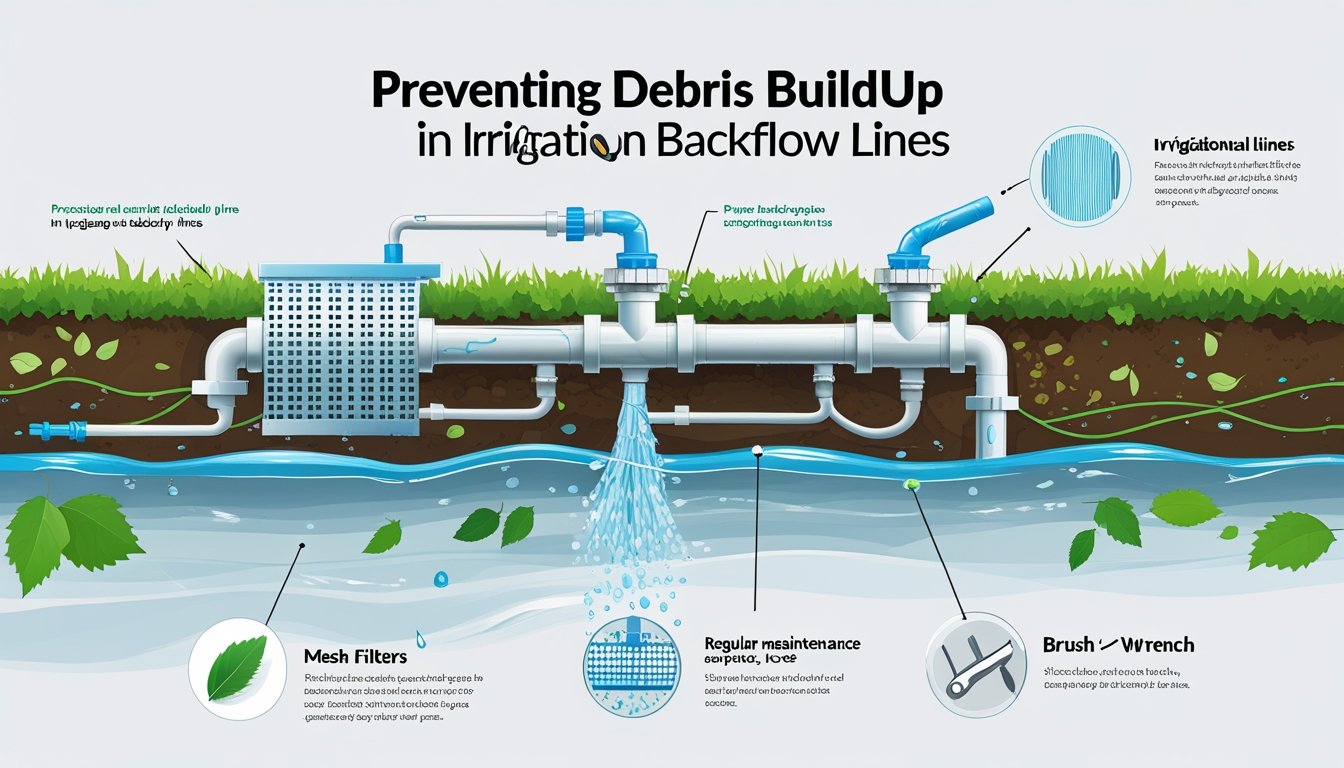Access to clean drinking water is essential for your health, yet contaminated water can lead to serious illnesses. Illness from drinking contaminated water can manifest through symptoms like diarrhea, vomiting, and abdominal cramps, making it crucial to address water safety in your home or business. Understanding the risks and knowing how to protect your water supply is vital to preserving your wellbeing.
Contaminated water sources can harbor a variety of pathogens, including bacteria and viruses, which can lead to outbreaks of waterborne diseases. This is where services like those offered by Pacific Backflow come into play. With nearly five decades of experience, they provide reliable backflow testing to ensure that your water supply remains safe and compliant with local regulations.
Taking proactive steps to ensure clean water is easier than you might think. Regular inspections and testing of your water system are essential in identifying potential issues before they escalate. By partnering with Pacific Backflow, you gain access to expert services that protect your community and safeguard your health.
Overview of Waterborne Illnesses
Waterborne illnesses pose significant health risks globally. They occur when pathogens contaminate drinking water or recreational sources, leading to various diseases. Understanding the definition and common illnesses is crucial for effective prevention.
Definition and Impact
Waterborne illness refers to diseases caused by pathogenic microorganisms, such as bacteria, viruses, and parasites, predominantly transmitted through contaminated water. Common symptoms include diarrhea, nausea, vomiting, abdominal cramps, and fever. The impact can be severe, particularly for vulnerable populations like children and the elderly.
Inadequate sanitation and poor water quality contribute significantly to waterborne diseases. According to the World Health Organization, millions of people worldwide suffer from these illnesses annually, emphasizing the need for robust preventive measures. Protection of local water supplies is paramount, highlighting services like those offered by Pacific Backflow for ensuring safe drinking water.
Common Waterborne Diseases
Several diseases are classified as waterborne. Cholera, caused by the bacterium Vibrio cholerae, can lead to acute diarrhea and dehydration. Hepatitis A, a viral infection, affects the liver and can arise from consuming contaminated water.
Other common waterborne diseases include typhoid fever, dysentery, and giardiasis. Each illness has specific symptoms and varies in severity. Effective prevention relies on proper sanitation practices and clean water sources. Regular backflow testing, repair, and installation, as provided by Pacific Backflow, can protect against contamination, ensuring the safety of your drinking water supply.
Symptoms and Health Implications
Consuming contaminated water can lead to a range of symptoms that vary from mild to severe. Understanding these health implications is vital for prompt treatment and avoiding long-term issues. Recognizing symptoms can help you take action before complications arise.
Short-Term Health Effects
Ingesting contaminated water often results in acute symptoms such as diarrhea, vomiting, nausea, and stomach cramps. These symptoms typically arise from bacteria, viruses, or parasites present in the water. Diarrhea can lead to dehydration, which is especially dangerous for vulnerable populations such as children and the elderly.
Along with gastrointestinal discomfort, you might also experience a fever as your body fights off the infection. Some individuals may report fatigue or headaches accompanying these symptoms. It is important to stay hydrated and seek medical attention if symptoms persist for more than a few days.
Long-Term Health Complications
In some cases, waterborne illnesses can result in long-lasting health effects. A significant concern is the potential development of hemolytic uremic syndrome (HUS), which can result from certain bacterial infections, such as E. coli. This condition can lead to kidney failure and requires immediate medical intervention.
Chronic gastrointestinal issues could also arise, causing ongoing discomfort and affecting your quality of life. It's crucial to have your water system inspected regularly to prevent contamination. Companies like Pacific Backflow specialize in protecting water supplies, ensuring that backflow preventers function correctly. Regular maintenance is essential to safeguard against such health risks.
Causative Agents and Transmission
Contaminated water can harbor various pathogens and harmful substances. Understanding these agents is crucial for prevention and protection against illness. The main culprits include bacteria, viruses, parasites, and chemical contaminants.
Bacteria and Viruses
Bacterial contamination often stems from fecal matter entering water sources. Common bacteria such as E. coli, Salmonella, and Shigella can cause severe gastrointestinal illness, leading to diarrhea, vomiting, and dehydration. Viruses like norovirus are highly contagious and can spread rapidly through contaminated water and food.
Contaminated recreational water can also lead to illnesses. For instance, Legionella can cause Legionnaires' disease, which is associated with humidifiers and cooling towers. Keeping your drinking water safe requires regular testing and maintenance of your water supply systems.
Parasites and Chemical Contaminants
Parasites such as Giardia and Cryptosporidium are often found in untreated water. They can cause gastrointestinal distress and are resilient to chlorine disinfection. Chemical contaminants, including pesticides and heavy metals, can also pose serious health risks when present in drinking water.
Preventing exposure to these hazards is crucial. Consider regular backflow testing and repairs. Engaging a reliable service provider, like Pacific Backflow, helps ensure that your water supply remains clean and safe. Always be vigilant about your water sources, especially if you use wells or live near agricultural areas.
Treatment and Management
Managing illness from drinking contaminated water involves both medical treatments and effective home care strategies. Knowing how to address these issues can help you recover faster and avoid future risks.
Medical Treatment Options
If you experience symptoms from contaminated water, seeking medical attention is crucial. Providers may prescribe antibiotics for bacterial infections like Salmonella or treatment for viruses depending on the diagnosis. If gastrointestinal symptoms arise, such as diarrhea or vomiting, hydration is essential. You may receive intravenous fluids in severe cases to prevent dehydration.
Inform your healthcare professional about potential exposure to contaminated water. They may recommend lab tests to identify specific pathogens. In some instances, supportive care like rest can facilitate recovery. Your local health department can also provide resources for managing these illnesses effectively.
Home Care and Prevention
At home, you can take proactive steps to manage symptoms. Drinking plenty of safe, treated water is essential. Boiling water for at least one minute before consumption can eliminate many pathogens. You could also consider using a certified water filter to ensure ongoing safety.
Preventing further contamination is vital. Regular maintenance of your water supply system, including backflow testing, is essential for safeguarding your health. Companies like Pacific Backflow offer specialized services in San Diego. Installing backflow preventers can help ensure that your water supply remains uncontaminated. Always consult local health authorities for additional guidance on safe water practices.
Preventing Contamination and Outbreaks
Effective prevention of waterborne illnesses relies on robust management practices and community regulations that ensure water quality. You play a vital role in maintaining these systems to safeguard public health.
Water System Management
Consistent monitoring and maintenance of water systems are crucial to preventing contamination. Public water systems must comply with standards set by the U.S. EPA, ensuring the water delivered is safe for consumption. Regular testing and treatment of water sources help to detect pathogens and contaminants early.
Backflow prevention is a key aspect of water management. Implementing reliable backflow devices can stop contaminants from entering the clean water supply. If you're in San Diego County, consider partnering with Pacific Backflow for your backflow testing and installation needs. They ensure that all systems are compliant with local regulations and operating efficiently.
Community and Regulation
Community involvement and adherence to regulations also play a significant role in preventing outbreaks. Public education initiatives about safe water practices can empower residents to report issues promptly. Local regulations should mandate routine inspections of water systems, ensuring that any potential contamination is addressed quickly.
Collaboration among health organizations, local governments, and the community is essential. Clear communication channels can provide timely updates about water quality, potential contamination, and necessary precautions. Together, these efforts can significantly reduce the risk of waterborne diseases in your area, fostering a healthier community.
Frequently Asked Questions
In this section, you will find important information pertaining to illnesses caused by drinking contaminated water. Understanding symptoms, associated diseases, and preventive measures can help you safeguard your health.
What are common symptoms indicating illness from contaminated water?
Common symptoms of illness from contaminated water include diarrhea, cramps, nausea, and vomiting. Other symptoms may manifest as headaches, fatigue, and even jaundice. It's essential to recognize these signs early for effective treatment.
Which diseases are most commonly associated with drinking contaminated water?
Several diseases are linked to contaminated water, including gastroenteritis and cholera. Infection from pathogens like norovirus and E. coli can occur, often resulting in severe gastrointestinal symptoms. Awareness of these diseases can facilitate prompt medical attention.
How can polluted water impact long-term health?
Long-term exposure to polluted water can lead to serious health issues, including chronic gastrointestinal disorders and neurological problems. Prolonged intake of contaminated water may also impact developmental health in children. Protecting your water supply is crucial for your overall well-being.
What immediate actions should be taken after consuming contaminated water?
If you suspect you have consumed contaminated water, it is advisable to seek medical attention promptly. Staying hydrated is important, so drink plenty of clear fluids. Monitor symptoms and report them to a healthcare provider to ensure proper treatment.
What are the primary sources of water contamination leading to illnesses?
Primary sources of water contamination include agricultural runoff, sewage discharge, and industrial pollutants. Inadequate sanitation practices and malfunctioning septic systems also contribute to waterborne illnesses. Understanding these sources can help you take preventive measures.
What preventive measures can reduce the risk of waterborne disease?
To reduce the risk of waterborne diseases, ensure your drinking water is tested regularly. Invest in proper water filtration systems and adhere to safety regulations for water storage. Engaging services like Pacific Backflow can help maintain a safe water supply in your home or business.











